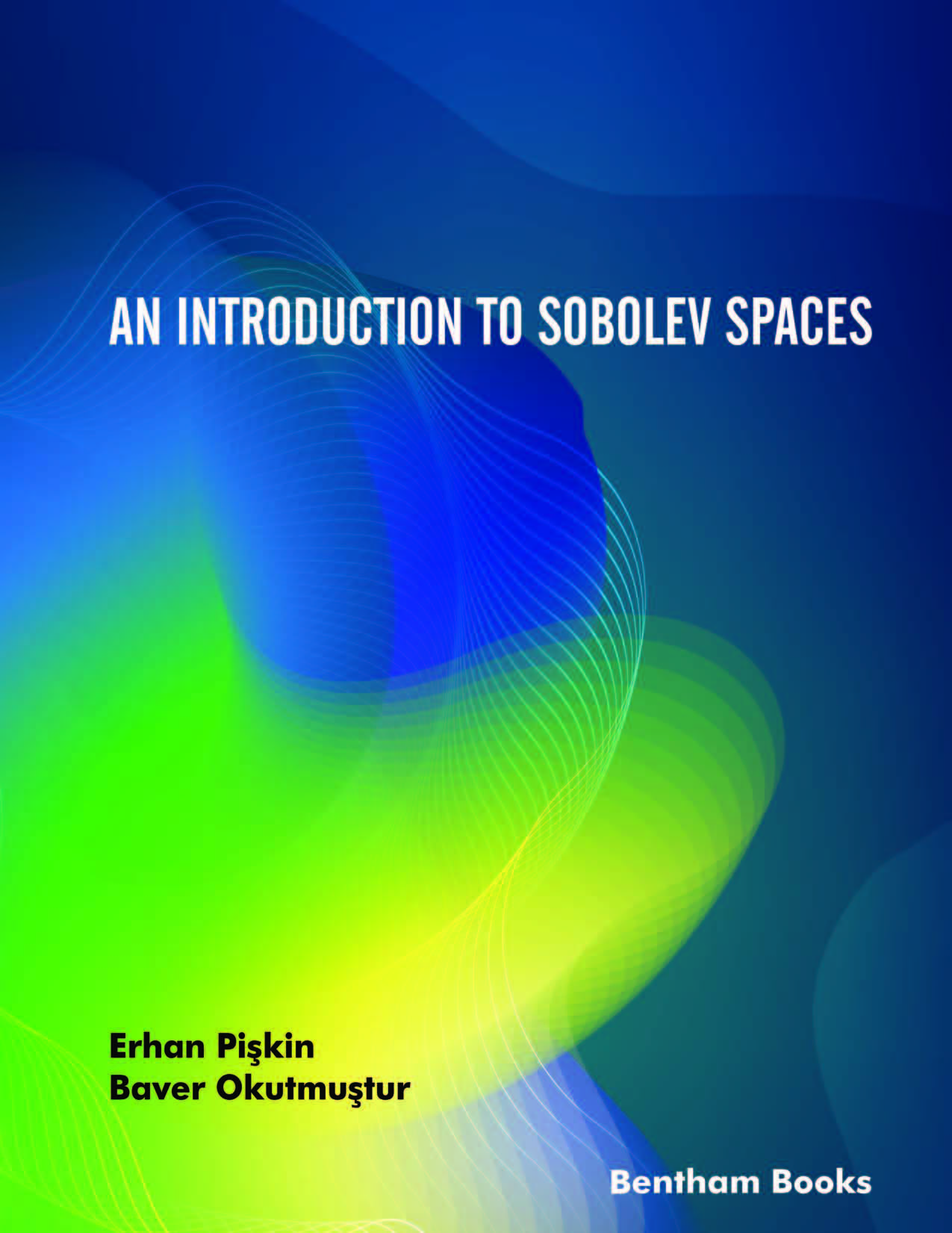Introduction
Sobolev spaces were firstly defined by the Russian mathematician, Sergei L. Sobolev (1908-1989) in the 1930s. Several properties of these spaces have been studied by mathematicians until today. Functions that account for existence and uniqueness, asymptotic behavior, blow up, stability and instability of the solution of many differential equations that occur in applied and in engineering sciences are carried out with the help of Sobolev spaces and embedding theorems in these spaces.
An Introduction to Sobolev Spaces provides a brief introduction to Sobolev spaces at a simple level with illustrated examples. Readers will learn about the properties of these types of vector spaces and gain an understanding of advanced differential calculus and partial difference equations that are related to this topic. The contents of the book are suitable for undergraduate and graduate students, mathematicians, and engineers who have an interest in getting a quick, but carefully presented, mathematically sound, basic knowledge about Sobolev Spaces.

